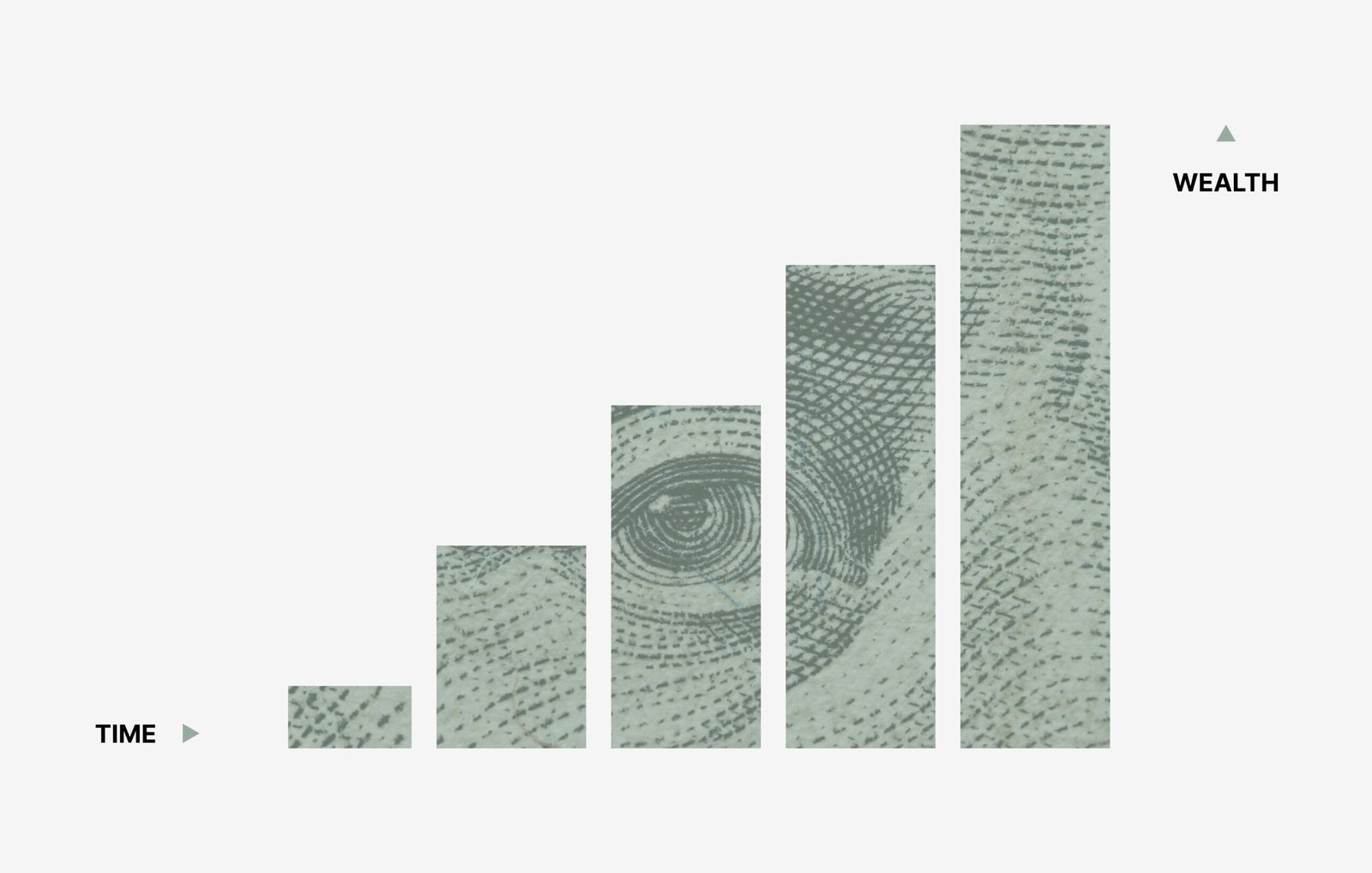
Introduction to Microaggressions
Microaggressions refer to subtle, often unintentional actions or statements that convey derogatory or dismissive messages towards marginalized groups. Originally coined by psychiatrist Derald Wing Sue in 2007, the term encapsulates the complex and often insidious nature of everyday discrimination. Unlike overt racism or sexism, microaggressions are frequently expressed in seemingly innocuous ways, embedded in casual interactions and social comments. Their subtleties make them particularly challenging to identify, often leaving those on the receiving end feeling invalidated or confused.
Microaggressions can manifest in various contexts, including workplaces, educational environments, and social circles. They may take the form of ambiguous remarks or non-verbal cues that inadvertently reflect biases related to race, gender, sexual orientation, or socioeconomic status. For instance, a well-meaning compliment that implies surprise at a person’s success based on their background can perpetuate stereotypes, highlighting the speaker’s subconscious biases. As such, microaggressions become a reflection of broader societal prejudices and attitudes, reinforcing structures of inequality.
The subtleties that characterize microaggressions often lead them to be dismissed by those who may not recognize their harmful impact. This dismissal can further exacerbate feelings of isolation or invisibility experienced by marginalized individuals, compounding the mental and emotional toll of such interactions. Understanding microaggressions is essential to foster awareness and empathy, allowing individuals to recognize their own potential blind spots while contributing to more inclusive environments. In exploring microaggressions, we set the stage for a deeper analysis of their repercussions on individuals and communities.
Types of Microaggressions
Microaggressions can be broadly categorized into three primary types: microassaults, microinsults, and microinvalidations. Each type reflects distinct forms of subtle discrimination that individuals may encounter in various settings, including workplaces, educational institutions, and social interactions.
Microassaults represent the overt form of microaggressions, characterized by conscious and deliberate actions aimed at showing prejudice. These can manifest through derogatory remarks or open acts of discrimination, often intended to demean a targeted group. For example, a person may use a racial slur or make an offensive joke to belittle an individual based on their ethnicity. While microassaults are less subtle than other types, their effects can still be damaging, especially as they reinforce stereotypes and contribute to a hostile environment.
Microinsults tend to embed subtle, often unintentional snubs or comments that convey rudeness and insensitivity. These statements can undermine a person’s identity or abilities. An example of a microinsult would be when a colleague compliments a woman in leadership by saying, “You’re really good for a female manager.” Such comments suggest that the individual’s achievements are only valid within the context of their gender, rather than recognizing their competence as a professional.
Lastly, microinvalidations involve denying or dismissing the feelings or experiences of marginalized individuals. These often occur when the validity of a person’s lived experiences is questioned. For instance, telling someone from a minority background that “everyone faces difficulties” may unintentionally diminish their unique struggles against discrimination. In essence, microinvalidations invalidate the person’s identity and lived experience, contributing to feelings of isolation and frustration.
Understanding these types of microaggressions is crucial in recognizing the subtleties of everyday discrimination and affirming the experiences of those affected. These categories provide a framework that can help individuals identify and address microaggressions when they arise in various social contexts.
The Psychological Impact of Microaggressions
Microaggressions, though often perceived as slight or harmless, can significantly impact the mental health of individuals over time. These subtle forms of discrimination, rooted in stereotypes and biases, often manifest in everyday interactions and communications. For many individuals belonging to marginalized groups, experiencing microaggressions can lead to increased feelings of stress and anxiety, ultimately contributing to a decline in overall well-being.
Research has shown that the cumulative effect of repeated microaggressions can lead to chronic emotional distress. A study conducted by Sue et al. (2009) demonstrated that individuals who frequently encounter microaggressions report higher levels of psychological distress compared to those who do not. This can manifest as anxiety disorders, depression, and even post-traumatic stress symptoms due to the constant navigation of hostile environments. Notably, the type and frequency of microaggressions can exacerbate feelings of vulnerability and helplessness, leading to a pervasive sense of isolation.
Furthermore, diminished self-esteem is another psychological consequence for those affected by microaggressions. The perception that one’s identity is consistently undermined can lead to self-doubt and internalization of negative stereotypes. This erosion of self-worth can deter individuals from pursuing opportunities for growth and achievement, as they may come to see themselves as unworthy or incapable. This emotional toll is particularly acute within settings such as workplaces, schools, and social circles, where acceptance and validation are crucial to psychological health.
Addressing the psychological impacts of microaggressions requires acknowledgment and understanding of their effects. Creating awareness around these subtle yet damaging forms of discrimination can lead to more supportive environments and healthier mental states for those who experience them. Efforts must be made to foster inclusivity and empathy to mitigate the lasting psychological consequences associated with microaggressions.
Microaggressions in the Workplace
Microaggressions in the workplace can significantly undermine employee relations, affect productivity, and hinder diversity initiatives. These subtle, often unintentional comments or actions can create an environment of exclusion and discomfort among employees. In a professional setting, microaggressions often manifest in comments regarding a person’s ethnicity, gender, age, or other identity factors that carry implicit biases.
The cumulative effect of microaggressions can lead to a toxic workplace culture. For example, a recent study demonstrated that employees who frequently experience microaggressions report lower job satisfaction and are more likely to consider leaving their positions. Such experiences can create a barrier to effective communication and collaboration, which are essential for a productive work environment. Additionally, employees may feel marginalized, leading to decreased morale and engagement.
Real-world examples of microaggressions abound in professional settings. An employee might overhear a colleague dismissing their ideas by saying, “You’re just trying to play the diversity card.” Such comments not only undermine the person’s contributions but also signal to others that their ideas may not be valued based on identity rather than merit. This dynamic can deter team members from sharing their insights and stifle innovation.
Moreover, the impact of microaggressions extends to workplace diversity initiatives. Organizations often cultivate diverse teams with the hope of fostering inclusivity and creativity. However, when microaggressions are prevalent, these efforts can falter. Employees from underrepresented backgrounds may find themselves questioning their place within the organization, which can ultimately negate the benefits of a diverse workforce. Employers must address these issues through training, open dialogues, and policy reforms to create a more supportive and equitable workplace environment.
Microaggressions in Education
Microaggressions are subtle, often unintentional comments or behaviors that can convey derogatory or negative messages to individuals based on their identity. Within educational settings, these microaggressions manifest in various forms, such as assumptions about students’ abilities based on their racial or ethnic backgrounds, gender biases, and stereotypes regarding socioeconomic status. These seemingly minor remarks and actions can accumulate over time, creating a hostile learning environment that undermines student performance and overall engagement.
The impact of microaggressions is particularly pronounced among marginalized students, who may experience diminished self-esteem and increased anxiety as a result of these ongoing micro-offenses. This can lead to disengagement from the learning process, decreased participation in class discussions, and, ultimately, a decline in academic success. Additionally, students may feel unsupported or undervalued, fostering a sense of alienation within the classroom. In contrast, when educators are aware of and address microaggressions, they can cultivate a more inclusive atmosphere that encourages all students to thrive.
The teacher-student relationship also plays a critical role in this dynamic. When educators unknowingly perpetuate microaggressions, it can erode trust and respect between themselves and students. Conversely, teachers who actively confront and acknowledge their biases can create stronger bonds with their students, enhancing the overall educational experience. Supporting equitable treatment in schools not only benefits individual students but also contributes to a broader culture of acceptance and understanding, which is essential for fostering an inclusive educational environment.
In this regard, addressing microaggressions must be a priority within educational institutions. Through training and awareness initiatives, educators can learn to identify and challenge stereotypes, thereby promoting a more equitable and supportive atmosphere for all students. Such efforts are vital for ensuring that every student feels valued, acknowledged, and equipped to achieve their full potential.
Strategies for Addressing Microaggressions
Addressing microaggressions requires a multifaceted approach that involves both individuals and organizations. One of the key strategies for mitigating the impact of microaggressions is enhancing communication techniques. Open dialogues about microaggressions can help create awareness and understanding among individuals who may not recognize their own biases or the potential harm of their words and actions. Active listening and empathetic responses are essential components of effective communication in these discussions. It is important to foster an environment where feedback is welcomed, allowing individuals to express concerns without fear of retaliation.
In addition to promoting effective communication, organizations can implement training programs focused on identifying and addressing microaggressions. Workshops that educate employees about the nature of microaggressions, their effects, and appropriate responses can be instrumental in fostering a more inclusive workplace. Such programs should cover concrete examples of microaggressions and provide role-playing scenarios to equip individuals with the tools to respond appropriately in real-time situations. Incorporating a diverse range of perspectives in these training sessions will further enrich the learning experience and increase awareness.
Establishing supportive environments is another critical strategy. Organizations should encourage the formation of affinity groups or safe spaces where individuals can share their experiences related to microaggressions without judgment. These groups can serve as platforms for individuals to articulate their feelings and discuss coping strategies, thereby promoting a sense of belonging. Management support in these initiatives can enhance commitment to fostering a culture of respect and awareness. In conclusion, addressing microaggressions through effective communication, proper training, and supportive environments can create a more inclusive atmosphere that benefits all members of an organization.
Cultural Competency and Awareness
Cultural competency refers to the ability to recognize and appreciate the diverse backgrounds and experiences of individuals. This concept plays a crucial role in reducing microaggressions, which are often the result of unconscious biases and stereotypes. By promoting cultural awareness through education, individuals can develop a deeper understanding of various cultural practices, beliefs, and histories. This understanding helps individuals navigate dialogues around identity, race, and ethnicity with greater sensitivity and respect.
First and foremost, cultivating cultural competency requires a willingness to listen and engage with others openly. This engagement allows individuals to confront their own biases and misconceptions. By initiating conversations around diverse perspectives, we create space for meaningful dialogue that can dismantle the stereotypes that often lead to microaggressions. For example, educational programs that focus on multiculturalism encourage individuals to learn about different cultures and lifestyles, fostering empathy and reducing the likelihood of unintentionally causing harm through misguided comments or actions.
Moreover, organizations and institutions can play a significant role in promoting cultural awareness. Implementing training programs that focus on inclusivity can enhance employees’ understanding of their colleagues’ backgrounds. Such initiatives encourage individuals to think critically about their interactions, facilitating a workplace culture that values respect and inclusion. Additionally, creating a diverse environment where various voices are amplified can help diminish the effects of microaggressions, as individuals feel more secure in expressing their true selves without fear of being marginalized.
In conclusion, enhancing cultural competency and awareness is essential to combating microaggressions. By fostering a more respectful society through education and empathy, we can work toward understanding and bridging the gaps that divide us, ultimately diminishing the subtle yet impactful effects of everyday discrimination.
The Role of Bystanders
Bystanders play a critical role in the dynamics surrounding microaggressions, as their reactions can significantly influence the experiences of those who are targeted. When individuals witness microaggressions, they often find themselves in a position to either remain passive or take action. By choosing to intervene, bystanders can contribute to a more inclusive and supportive environment. This process begins with awareness; understanding what constitutes microaggressions and recognizing their negative impact is essential for effective intervention.
Constructive intervention can take many forms, from directly addressing the perpetrator to offering support to the victim. For instance, if a bystander witnesses a colleague making a racially charged comment during a meeting, they might choose to challenge the comment by highlighting its inappropriateness. Alternatively, offering a supportive presence to the victim afterward can also be impactful, allowing them to feel validated and less isolated. Effective allyship involves both speaking up and providing emotional reinforcement, thus empowering victims to navigate their experiences with dignity.
Moreover, bystander intervention fosters a culture of sensitivity and accountability. When bystanders routinely stand against microaggressions, it sends a clear message that such behavior is unacceptable. This collective stance acts as a deterrent against future instances of discrimination. However, it’s essential for bystanders to approach these situations thoughtfully and respectfully, using a tone that promotes dialogue rather than defensiveness. This careful balance enhances the likelihood of a constructive outcome while minimizing potential conflict.
In sum, bystanders are pivotal in challenging microaggressions and advocating for those who experience everyday discrimination. Their actions not only support the victims but also contribute to a broader social change towards a more equitable environment.
Conclusion: Moving Towards a More Inclusive Society
Throughout this blog post, we have explored the subtle yet profound effects of microaggressions, which manifest in daily interactions and contribute to a climate of discrimination. By examining how these seemingly innocuous remarks can shape individual experiences and perpetuate systemic inequalities, it becomes clear that their impact extends far beyond the immediate moment. Recognizing microaggressions is the first step in addressing the broader societal issues they represent.
Understanding microaggressions requires us to reflect on our own language and behaviors. It encourages a collective responsibility to foster environments that uphold respect, empathy, and inclusivity. Each individual’s responsiveness to these subtle forms of discrimination can catalyze significant changes in attitude and practice within their communities. By speaking out against microaggressions and striving to educate ourselves and others, we can work toward dismantling the ingrained biases that fuel such conduct.
Additionally, workplace cultures, educational institutions, and social organizations must prioritize the development of training programs that address microaggressions. These initiatives can enhance awareness and encourage individuals to engage in meaningful conversations about inclusivity. It is imperative to create settings where open dialogue about diversity and discrimination is welcomed, allowing for genuine understanding and growth.
As we move forward, let us encourage introspection and discussions that challenge our biases. By actively promoting inclusivity, we can transform environments into spaces that celebrate diversity rather than diminish it. In conclusion, addressing microaggressions signifies a crucial step toward the creation of a more equitable society, where every individual feels valued and respected, contributing to the rich tapestry of our communities.


